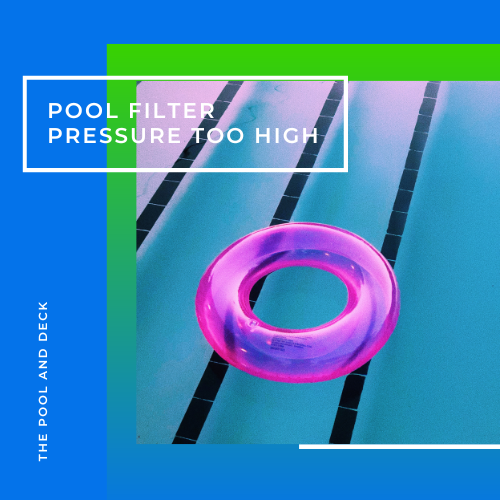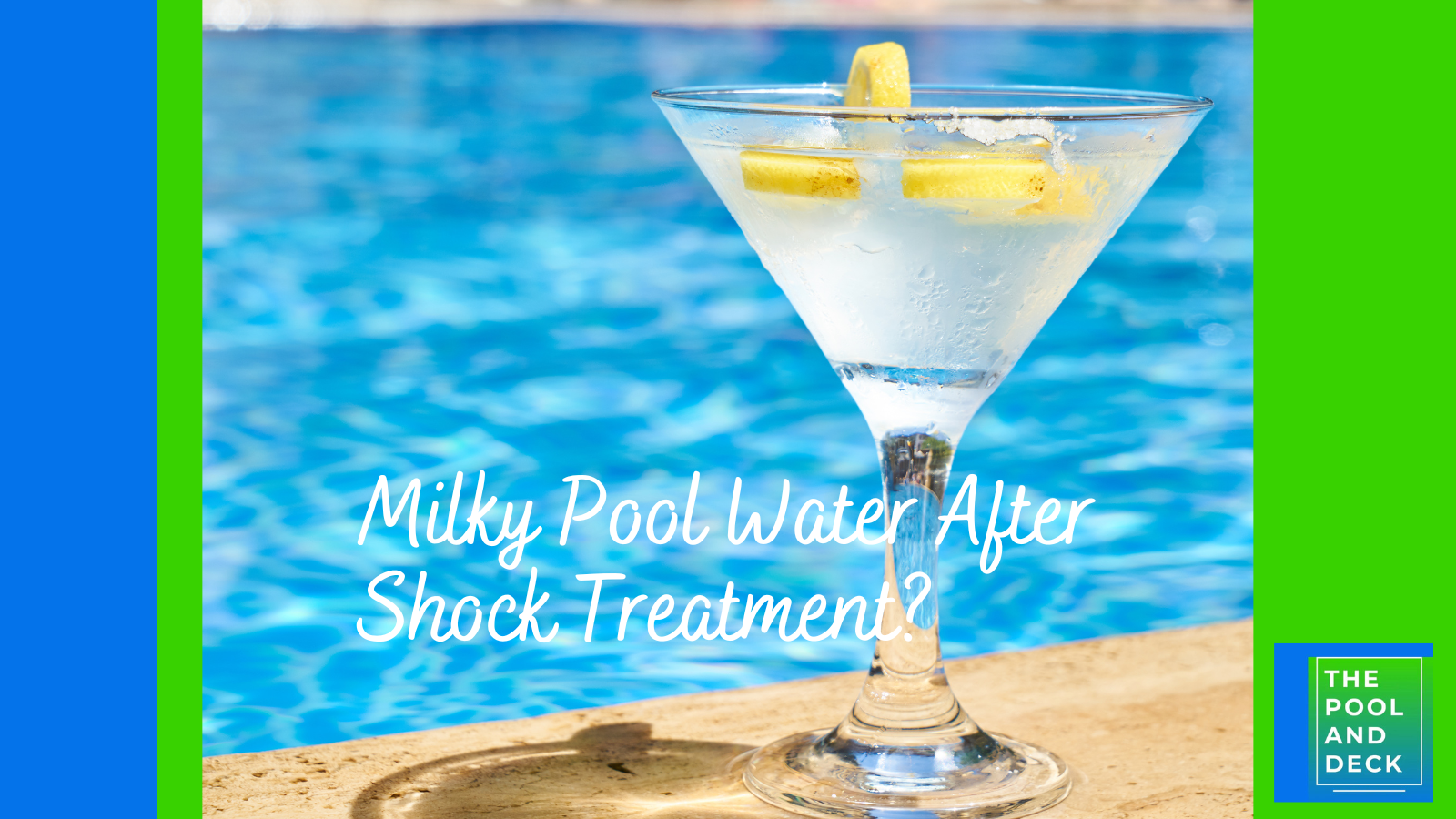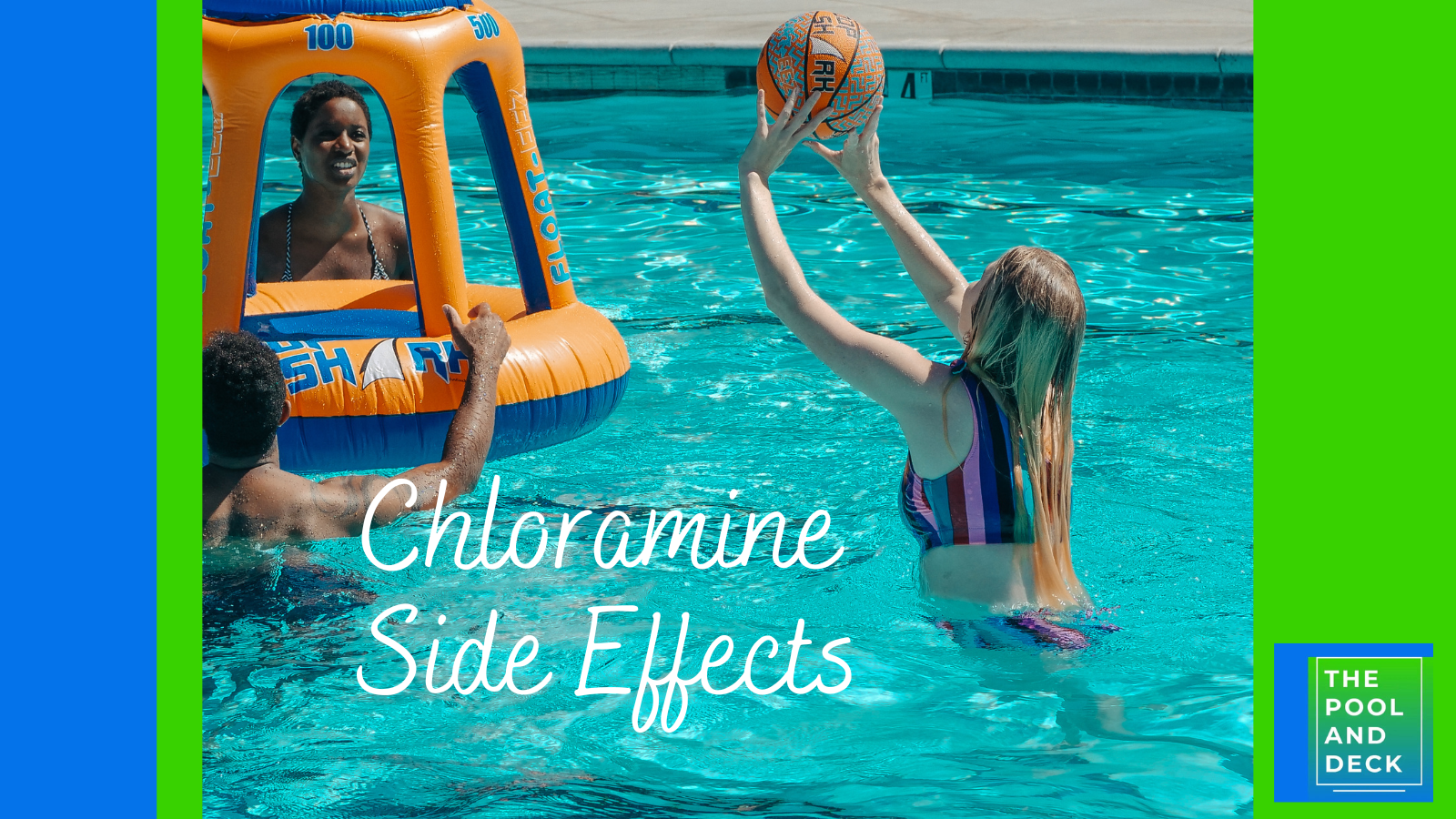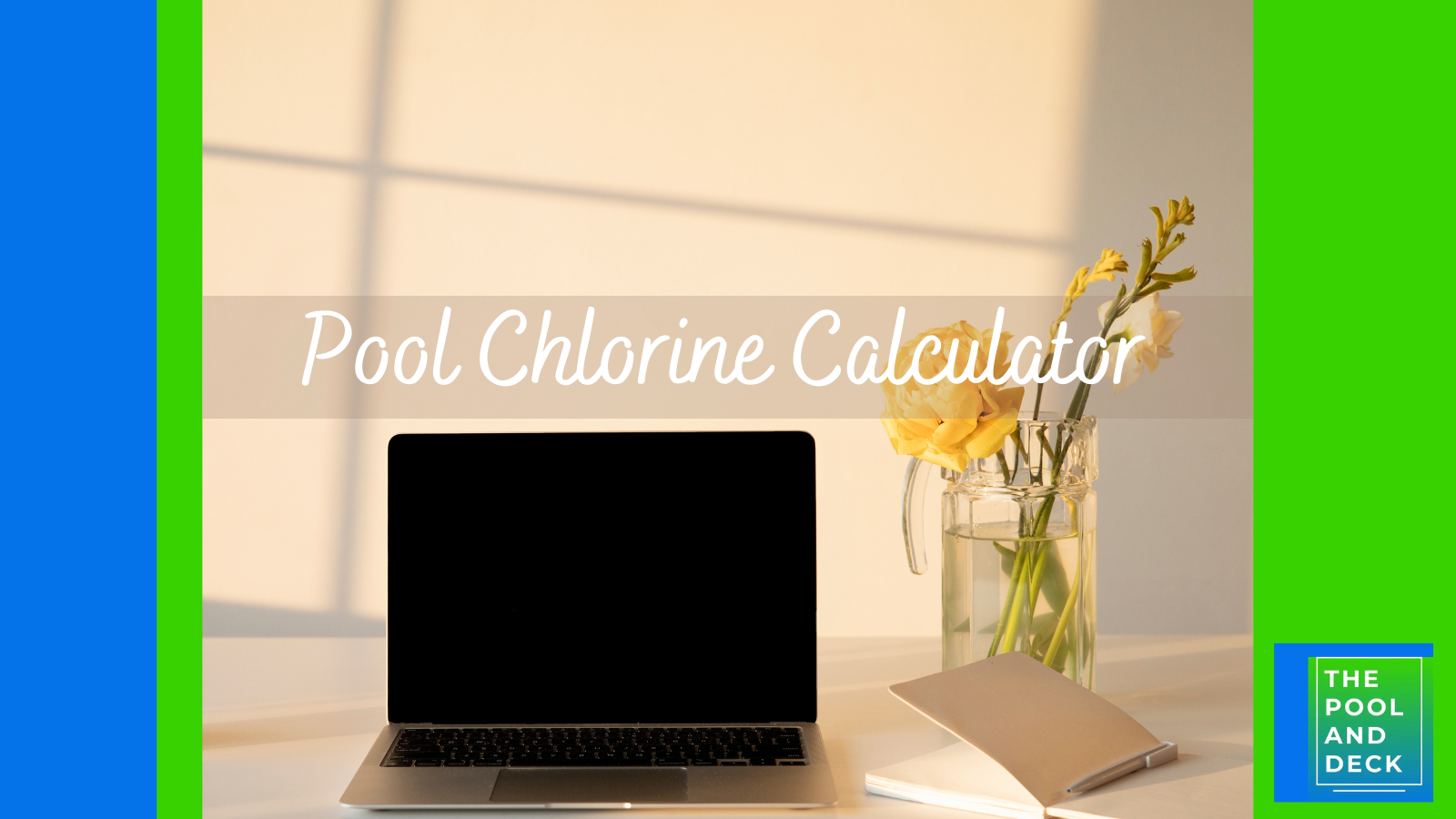Pool Sand Filter Troubleshooting Guide: How To Fix 10 Important Problems!
Table of Contents
Pool Sand Filter Troubleshooting
Finally a simple and easy to understand pool sand filter troubleshooting guide, that helps you deal with murky pool water, leaking pipes & valves and damaged filter parts is here! Don’t let pool maintenance stress you out any more!
This comprehensive pool sand filter troubleshooting guide, will help you diagnose and fix common issues with ease. Say goodbye to confusing manuals and hello to an easy to understand guide!
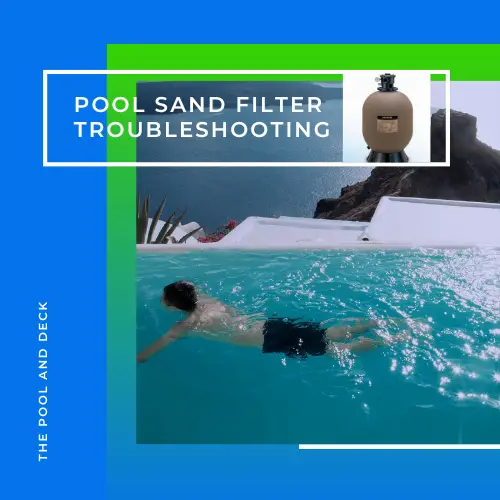
Here are the 10 most important problems that a pool sand filter may have with tips on how to fix:
- Pool Filter Leaking
- Air Infiltration in the Pool Filtration System
- Sand Getting in to Your Pool
- Pressure Gauge Reads Zero or Low
- High Pool Filter Pressure Reading
- Pressure Rise is Too Slow
- Pressure Rise is Too Fast
- Sand Channeling
- Damaged Multiport Valve (MPV)
- Scaling
1. Pool Filter Leaking
Pool filter leaking may top the list of the problems that you are likely to encounter. The cause of the leak can include ill fitting O-rings, cracked filter tanks, loose plumbing, worn out gaskets, etc. Each issue needs its own solution and that is why I have covered this topic separately in my earlier blog post.
Head over to Pool Filter Leaking: 10 Trouble Spots to Look For & Fix!
2. Air Infiltration in the Pool Filtration System
A leak in the pool filtration system, after the pump, will result in water leaking or squirting out from the filter or other parts of the plumbing.
On the other hand, a leak in the pool filtration system, before the pump, will result in air being sucked in. You are likely to hear sounds of hissing from the pipes or pool sand filter gurgling in such a situation..
Air infiltration in the pool filtration system can occur in the pump lid, pump housing, suction side plumbing, etc. The most common cause is a loose or damaged pump lid O-ring.
The remedy for air in the system is to first identify and then repair the source of the leak. This may require replacing O-rings or gaskets, tightening clamps or bolts, or replacing damaged plumbing or equipment.
3. Sand Getting in to Your Pool
Whenever you backwash your pool filter to clean out the trapped contaminants, a small amount of sand may get back into the pool. Usually you can fix this problem by using the Rinse setting on the filter valve for 20 seconds.
For sand filters, a small amount of fine dirt may always be present in the pool. To fix this, you can use a filter cleaner or replace the sand in the filter. Make sure it’s not sand by brushing it and seeing if it poofs up or just rolls around.
However, if the problem persists then it may be that
- The filter valve is broken or leaking and letting unfiltered water go back into the pool.
- The sand filter lateral has cracked, is broken or has been damaged. The lateral is a perforated tube located at the bottom of the sand filter, which helps to distribute water evenly throughout the filter and prevent sand from escaping.
The cause of a leaky filter valve or damaged lateral can include age, wear & tear, improper handling during maintenance, or excessive water pressure.
It may be possible to repair these components. However, it is better to replace them so that you do not face the same problem again in the foreseeable future.
To replace a faulty filter valve or broken lateral follow these steps:
- Turn off the pump and close the skimmer and main drain valves.
- Remove the filter top or lid to gain access to the sand bed.
- Carefully remove the sand from the filter until you reach the filter valve or broken lateral.
- Remove the broken lateral using pliers or a wrench.
- Install the new lateral in the filter and ensure it is properly seated.
- Carefully refill the sand back into the filter, making sure not to damage the new lateral.
- Reassemble the filter by reinstalling the filter top or lid. Ensure it is properly secured.
- Turn on the pump and check for any leaks or issues.
In case you also need to change pool filter sand, this is a good time to do it!
4. Pressure Gauge Reads Zero or Low
The pressure gauge indicates the water pressure within the pool sand filter when the pump is running and the multiport valve (MPV) is on “Filter” or “Backwash” setting. Of course the reading must be zero if you turn off the pump or set the valve to recirculate or drain.
But if the pressure gauge reads zero or close to zero when the pump is running and the valve is in filter or backwash mode, you have got a problem. Double check by lightly tapping the gauge face, as sometimes the needle may be just stuck.
However, if water is flowing through the filter normally,
- the gauge might be broken or
- there could be a clog in the air bleeder assembly.
Here is what you can do.
- Turn off the pump and unscrew the pressure gauge with pliers or a small wrench.
- Check if there is any clogging.
- Clear the blockage with a stick or small screwdriver.
- Screw back the pressure gauge, turn on the pump and recheck.
If the problem persists consider replacing the pressure gauge with a new one.
If the water is not moving through the filter at a normal rate, there might be a clog or obstruction before the pool filter.
This could be
- a clogged pump basket, impeller, pipe, or skimmer basket.
- a closed or broken valve before the pump.
- the pump is drawing in more air than water, resulting in reduced filter pressure.
Find & fix the problem or call in a pool professional to help out.
5. High Pool Filter Pressure Reading
High pressure can be caused by a clogged filter, a dirty skimmer basket, or a malfunctioning pump. It can lead to poor filtration and may even cause serious damage to the pool filtration system.
When the sand in the pool filter has trapped more contaminants than its capacity then it will clog up and begin to restrict water flow. THis is when the pressure starts to build up. The rule of thumb is to backwash the sand filter when the pressure reaches around 10 psi above the normal psi level.
If required use a pool sand filter cleaner as well. Pool filter cleaners are enzymatic or chemical solutions that can break down sticky contaminants clinging to the sand grains.
If all this does not work and you have not changed the pool sand filter sand for a while, then filter sand replacement is due.
High pressure can also be the result of an incorrectly sized pump. If the pump is too powerful for the filter system, it can lead to excessive pressure and even damage the filter. Make sure that your pump is properly matched to your filter and pool size.
The possibility of a faulty pressure gauge can also not be ruled out. It’s important to regularly check and calibrate the pressure gauge to ensure accurate readings.
A malfunctioning multiport valve can also be the cause for high pool filter pressure readings. The valve is responsible for directing water flow in and out of the filter. In case it gets damaged or clogged, it can lead to high pressure.
To summarize, high pressure readings can result from
- Sand clogging up in the pool filter
- Incorrectly sized pool pump
- Faulty pressure gauge
- Damaged or clogged multiport valve
6. Pressure Rise is Too Slow
Typically the pool filter pressure will rise gradually after a backwash as the sand traps the solid contaminants and the flow of water gets constricted. This can take a few days or even a few weeks depending on the filter and pool size.
Now if the pressure gauge on the filter rises too slowly, it may be an indication that the water is not being filtered properly. This can happen if the water is bypassing the filter and going back into the pool unfiltered.
The reason for such a problem is either a malfunctioning filter valve or some other broken parts inside the filter tank. The solution is to remove the sand, check for the broken part and replace it. You can follow the same procedure as outlined in the section on Sand Getting in to Your Pool.
7. Pressure Rise is Too Fast
On the other hand, if the pressure gauge rises too fast after backwashing, chances are that the sand in the filter is clogged with oils or minerals. Normal backwashing is unable to remove these sticky contaminants.
To fix this problem you need to do a deep clean using a pool filter cleaner. Pool filter cleaners are surfactants or degreasers that can help break down oils and other sticky biological debris.
If even this does not work and you have not changed the pool sand filter sand for a while, then consider filter sand replacement to fix the problem of fast filter pressure rise.
8. Sand Channeling
At times the sand in your pool filter will get clogged due to an accumulation of trapped contaminants. At other times, water takes the path of least resistance through the sand bed, creating channels in the sand that bypass some area.
The channels can be wide enough to allow free passage, of not only water, but the contaminants as well! In effect the pool sand filter is no longer effective.
The main causes of channeling are incorrect sand grading, overloading of the filter, or damaged or worn laterals or standpipe. Over time, the sand can also become unevenly compacted and clogged with debris, which can contribute to channeling.
You can fix these problems by progressively
- Backwashing.
- Adding Pool Filter Cleaner and Backwashing
- Replacing Pool Filter Sand
- Checking and Replacing Laterals or Standpipe, if Damaged
9. Damaged Multiport Valve (MPV)
The role of the multiport valve (MPV) is to direct the flow of water, much like traffic lights at a busy intersection or an air traffic controller at the airport. Any damage or malfunctioning of the multiport valve will certainly cause problems with water flow and pool filter pressure.
Consult a professional and they may be able to repair the multiport valve (MPV). However, as the cost of repair may be quite high, you may actually be better off just replacing the multiport valve (MPV).
10. Scaling
Scaling within the pool filter can occur if the pool water chemistry is not well balanced and there is an excessive amount of minerals, particularly calcium, in it. Calcium deposits within the pool filter can constrict the flow of water and result in high pressure build up.
To prevent scaling in the pool filter, and for that matter, in the entire pool filtration system, you must ensure that the calcium hardness of the pool does not go beyond the recommended level of 400 ppm.
Thank you very much for reading the post. I do hope you found it informative and helpful.


